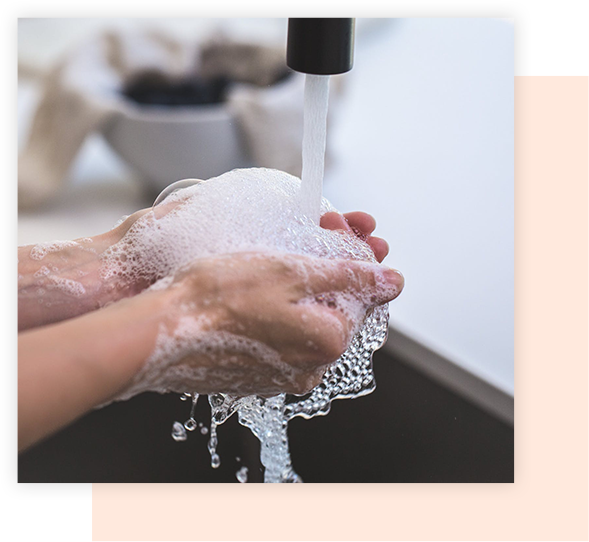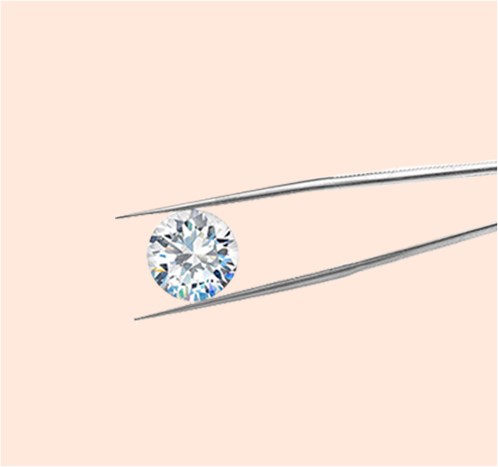Diamond Care & Guide

Care
Diamonds may be the hardest substance on earth, but they are not indestructible. While they can only be cut by another diamond, a sharp blow can cause chips. That is why you should never wear your diamond jewelry when doing rough work. When doing manual labor, take your ring off, or put rubber gloves on for protection.
Everyday exposure to creams, skin oils, household chemicals and other substances can cause buildup that will affect your diamond's sparkle. Use a solution of warm water mixed with a few drops of ammonia to soak your diamond jewelry. Wash your diamonds in running water to remove anything that remains. To avoid accidents, place a strainer over your drain, or keep it covered. Lint-free cloths are also ideal for removing oily build up and dirt, and for drying off your diamond.
When you're not wearing diamonds, they still require attention. Keep your precious stones in a fabric-lined case, or a box with compartments. Don't store your diamond jewelry next to other jewelry as this can cause scratches.
Diamond Class
Because diamonds form deep within the earth, under intense heat and pressure, they often contain unique birthmarks. Internal marks are called inclusions while external marks are called blemishes. Diamond clarity refers to the absence of these inclusions and blemishes. The cut refers to the proportions, finish, and polish of diamonds. These factors determine the brilliance of a diamond and its worth. Diamonds are graded on a clarity scale based on the number, size, and type of inclusions, as determined by a gemologist.
FL
FlawlessNo inclusions or blemishes are visible to a skilled grader using 10× magnification.
IF
Internally FlawlessNo inclusions and only blemishes are visible to a skilled grader using 10× magnification.
VVS1 & VVS2
Very, Very Slightly IncludedInclusions are difficult for a skilled grader to see under 10× magnification.
VS1 & VS2
Very Slightly IncludedInclusions are minor and range from difficult to somewhat easy for a skilled grader to see under 10x magnification.
SI1 & SI2
Slightly IncludedInclusions are noticeable to a skilled grader under 10x magnification.
I1, I2, & I3
IncludedInclusions are obvious under 10× magnification and may affect transparency and brilliance
Color is the second most important factor after class when it comes to choosing diamonds. The diamond color evaluation is based on the absence of color. A pure and structurally perfect diamond has no color and is as clear as water. The highest quality diamonds are colorless, while those of lower quality have noticeable color, which often manifests as a pale yellow. The GIA grades diamonds on a scale of D (colorless) through Z (light color). All D-Z diamonds are considered white, even though they contain varying degrees of color. To the naked eye, the difference between scales can be indistinguishable. Different colored diamonds, such as pinks, and blues, are graded on a separate color scale.
In its pure form, gold is very malleable, making it a less preferred for jewelry as its shape won’t stand up well in time. To solve this problem, jewelers alloy gold with other metals to increase its strength. K stands for karat which is not the same as carat, the weight measure for gemstones. Karat refers to the percentage of gold in an alloy. Only 24K gold is certified to be fully gold.
18K: 18K is 75% gold and 25% alloyed metals.






